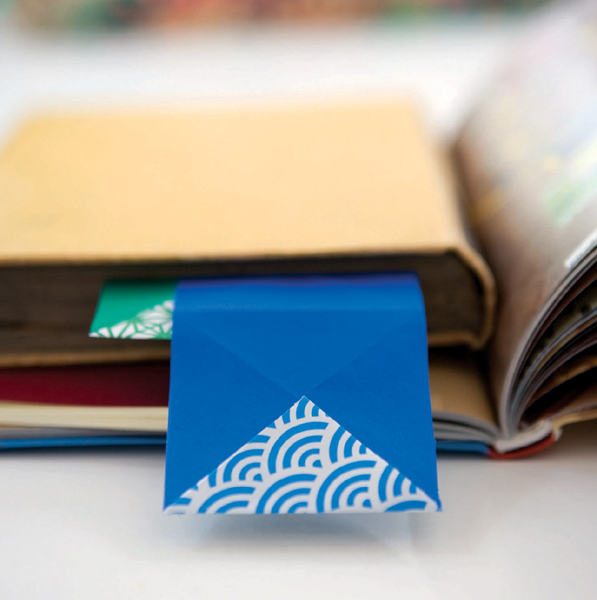
Origami means folding paper. It’s that simple and that complicated, too. Origami began small but has grown big. As recently as the 1970s it was quite possible for an enthusiast to know almost every design in the origami repertoire. Today, that is quite impossible, even in the many specialist fields that have developed within origami. There are just too many designs out there and more are created every day. They multiply, in fact, like origami rabbits.
This book, then, cannot be an exhaustive catalogue of origami designs and styles. What it can be is an introduction to the major ideas that underlie origami design and give a broad overview of the most important techniques that are used to realise those ideas in paper. In order to make clear connections between these ideas I have tried to link the projects together. You will find enough origami fish in this book to stock a small aquarium, as well as several birds, elephants, boats and bowls. It is easier to understand the difference between design techniques when they are used to create similar subjects. But you will also find more unusual subjects too, a partly-sunken ship, a landscape, sunshine and many beautiful geometric designs.
I have also tried to strike a balance between designs folded from single sheets and those that use several, or even many. Modular origami is my passion, but I have tried to restrain myself and give other techniques a fair chance, too.
The techniques section of this book tells you all you need to know about how to fold paper and how to read origami diagrams. The individual chapters will introduce you to lots of new ideas about design techniques, origami ethics, and creative ideas, but there is one over-arching idea that you need to know about right now, and that is the idea of elegance. Elegance is a quality that origami designs either have or lack. It isn’t something you can understand by looking at the finished design, or by studying the diagrams. Nor is it something you can easily define. Elegance is a tactile quality. More of a feeling than anything else. You have to actually fold the design to understand it. Elegant design sequences flow. Inelegant ones seem to be contrived, or are difficult to fold. Maybe the layers get too thick, or you seem to have to force the paper into shape. You’ll know elegance when you find it because the paper almost seems to fold itself. And you will very definitely find it in the designs in this book which have been chosen very much with elegance, rather than, say, efficiency, verisimilitude or cleverness, in mind.
It is not, perhaps, too much to say that it is elegance that sets origami apart from other papercrafts, indeed from other crafts in general. Origami is not so much about the destination as the journey. The result is important, but how you get there is more important still.
Paperfolding, in all its incredible variety, has fascinated me since I was a child. It is remarkable what can be created from ordinary paper, just by folding it - something that almost all of us can easily do. I hope that this book will not only help you to understand what origami is all about, but also to derive as much pleasure and satisfaction from folding paper as I do.
